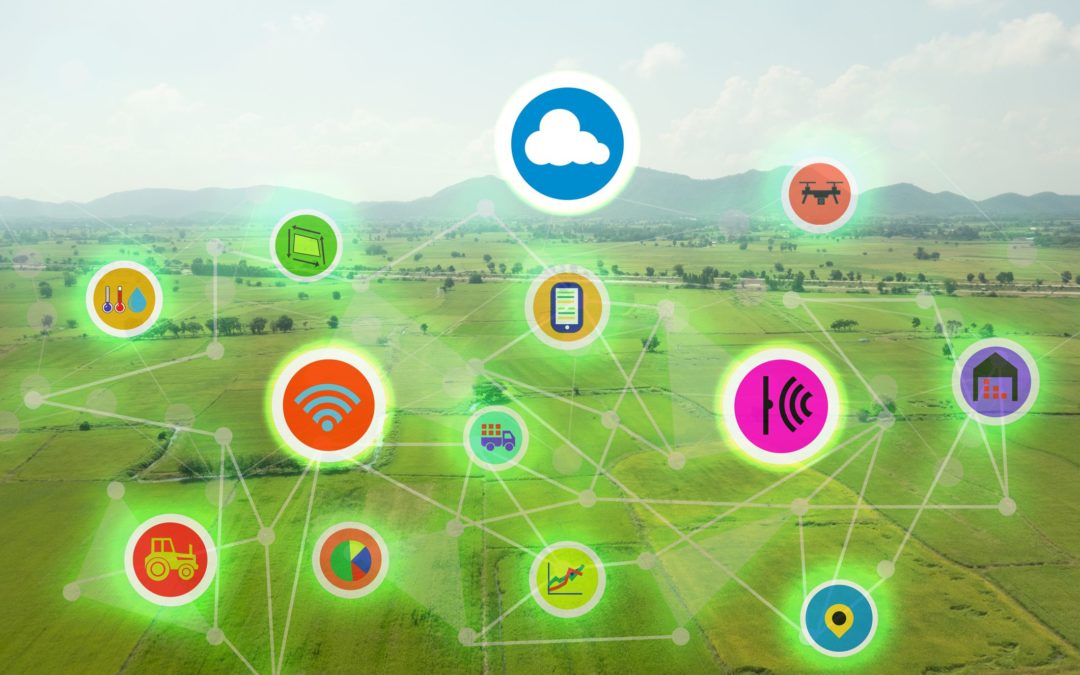One of the greatest challenges humanity faces is figuring out how we’re going to feed another two billion people by 2050 when we can’t even feed all the people alive today. To solve this problem, it’s commonly cited that food production will need to increase by 50 percent globally. Certainly, we can’t find enough land and other resources to cultivate that much food. And, yes, while new approaches like vertical farming can have a major impact, we also need to know how to make more efficient use of the food we produce today and reduce waste.
Today, America wastes up to 40 percent of our food, according to the NRDC. This represents:
- $218 Billion – that’s BILLION and is 1.3% of the US GDP;
- 19% of all U.S. croplands – an area roughly the size of New Mexico;
- 21% of the agricultural water use;
- 21% of all U.S. landfill content;
- 6% of all U.S. greenhouse gas emissions.
That’s WASTED, not consumed…and it’s clearly NOT sustainable.
Beyond that, your customers are increasingly demanding sustainability and responsible supply chains. A recent article in Natural Products Insider states “Issues such as climate change, food insecurity, responsible farming and protecting natural resources all resonate with today’s consumers. A lack of awareness or engagement with these issues can bring real risks to businesses—especially if public perception of a brand or a company is damaged from practices such as using unsustainable sources of materials or damaging ecosystems or habitats.”
Sustainability is on the agenda of many of the food industry’s CEOs, and rightfully so. Some have “Sustainability 2025” plans, with roadmaps to achieve their goals in the next seven years. Some companies are being more aggressive. Quick-serve Restaurant leader McDonald’s is leading new efforts on recycling, one of only two QSRs to get a passing grade on packaging from the NRDC. (So clearly other companies aren’t focused on the near term.) Some grocery stores also claim to have sustainability programs but, according to a recent study by Stanford University and published in Global Environmental Change, it’s hard to audit whether they’re actually following them or what their impact is because they won’t share their data.
The Stanford researchers carried out one of the first analyses of a grocery store-led sustainability program. The challenge was that they had to go all the way to South Africa to find a grocery retailer that would share their data. They worked with Woolworths, one of the country’s five largest food retailers, and found that its “Farming for the Future” program actually had a positive impact – increasing the adoption of environmental practices at the farm level with their suppliers. “If indeed these company-led policies are effective and able to transform their entire supply chains, then they can potentially transform land-use practices worldwide and have a very positive impact on the environment,” said study co-author Eric Lambin.
In the case of Woolworths, the researchers found that “their large-scale fruit, vegetable and flower growers use more environmental management practices when compared both over time and with a random sample of farms certified by the food industry’s global environmental standard for farm management, known as GLOBALG.A.P.” Positive results and ones that could be documented because Woolworths opened the kimono and let people audit their results.
But, the researchers also question the effectiveness of sustainability programs if no one is auditing them, posing the question, “Will companies’ sustainability efforts slow if they don’t have an NGO checking in on them? Will they be actually driving change or is it just greenwashing?”
In the case of Woolworths, they work with their farmer suppliers to improve sustainability efforts. They have the advantage, however, of being much closer to their suppliers geographically, so their supply chains are shorter and more personal. That said, Stanford’s research does show the potential benefits of suppliers, shippers and retailers working together to achieve sustainability goals.
How should we tackle this in North America? First, start with making it a priority and then develop a reasonable and implementable plan for sustainability. One quick and relatively easy place to start is to reduce the amount of food we waste today. Roughly 30 percent of produce is wasted today and half of that (or 15 percent) is pre-consumer waste (before it even gets to the store). By properly monitoring and managing produce from field to shelf, we can reduce that amount of waste by 50 percent or more. That’s 7 percent or more of wasted produced that can be sold with adequate freshness and shelf life by applying intelligence to the supply chain. That’s food that is:
- Not going into landfill;
- Is being consumed by a growing population;
- Bringing profitability directly to your business.
You can learn more about how this works here. Growers, manufacturers, retailers and AgTech need to work together on this. Consumers are increasingly demand it. The world’s population needs it and it improves profitability. Sounds like a win-win.


